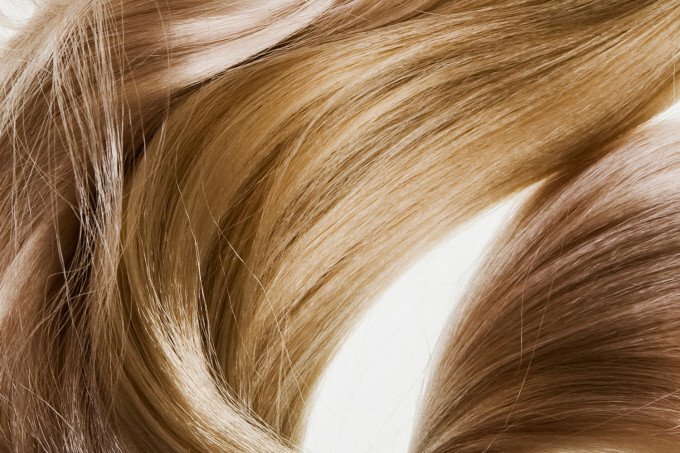Greasy hair
Whether fine, thick or curly hair - this phenomenon can be observed in many. Oily hair can occur on almost any hair type and is often a result of improper care.
Elaborate updos or pigtails are easier to style with greasy hair. So if you don't have time to wash your hair, get creative and put your hair up.
If you want to know how to get the problem under control, note our care tips!
Features: This is what oily hair looks like
With oily hair, the scalp is often the culprit. If this produces too much sebum, the approach is greasy. The more sebum that is produced, the more fat that gets into the lengths of the hair, making the hair look greasy.
This is how you get a grip on oily hair
Daily hair washing usually stimulates the production of sebum, so try to slowly delay your hair washing routine. This allows the acid mantle on the scalp to regenerate slowly.
It's best to wash your hair in the morning, because the sebum glands are most active at night.
Temperatures that are too hot when washing your hair or blow-drying also stimulate sebum production. Therefore, you should pay attention to the temperature, especially if you wash your hair frequently. Use heat protection when blow-drying or let your hair dry naturally right away.
Regularly remove hair and oil from your hairbrush. To do this, you can use a fine comb that you run over the brush several times. This will remove more hair and oil from the brush. The comb is also easier to remove from grease and hair than the brush.
If you have your hair “greasy”, we recommend a bun as a hairstyle or a trendy wet look as your hairstyle of choice. Let your creativity run free and try different updos.
If you have a greasy approach but very dry tips, use a conditioner specifically at the problem area and only work it into the tips.




